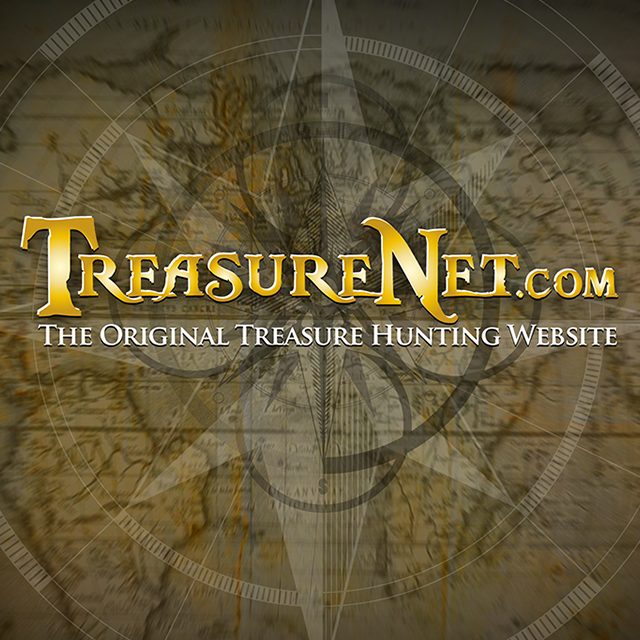point hunter
Full Member
The "Bearded Ones", very interesting. There are also stories in both North and South America of a "White teacher" (maybe bearded) in the native tribe's oral history. Before you throw the baby out with the bath water could they have been referring to the "Bearded Ones" possibly?Also in northern Utah were Native Americans that the Spanish called the bearded ones.






